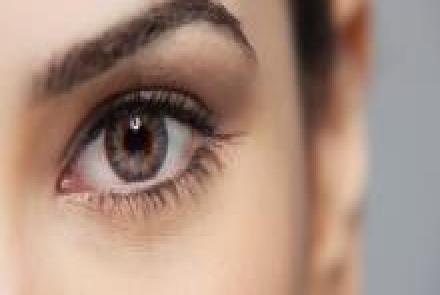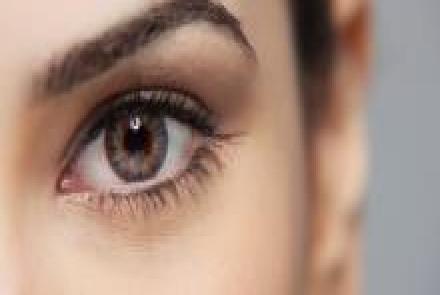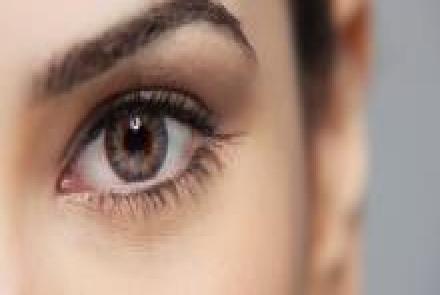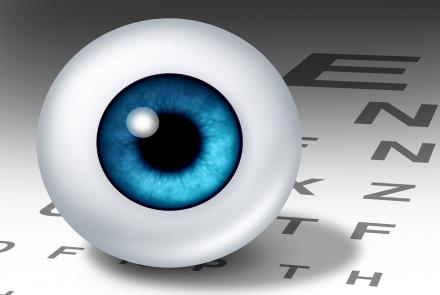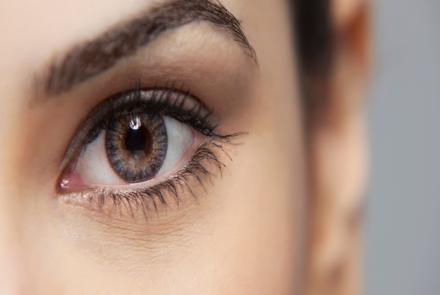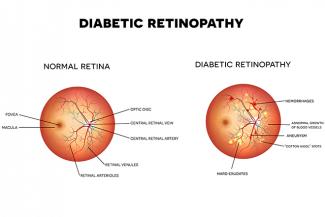
A recent study in Singapore looked at the risk of falls for people with Diabetic Retinopathy. Given the increased risk, we share a useful video on Diabetic Retinopathy prepared by Public Health Foundation of India
People with Diabetic Retinopathy have an increased likelihood of falls as per a study in Singapore
In a post hoc cross-sectional analysis of the Singapore Epidemiology of Eye Diseases study of 9481 participants from a multiethnic (Malay, Chinese, and Indian individuals) population-based study, mild to moderate diabetic retinopathy was associated with a significantly increased likelihood of falling in persons with diabetes compared with persons having diabetes but not diabetic retinopathy.
These results suggest that efforts to prevent falls need to be incorporated into the clinical care of individuals with diabetes and diabetic retinopathy, particularly during the early stage of the disease.
This study reinforces the need for people with diabetes to also do a regular eye test and test for diabetic retinopathy.
Did you know that early diagnosis can reduce the risk of blindness due to diabetic retinopathy by 90%? Timely screening is crucial to prevent permanent vision loss.
To understand more about Diabetic Retinopathy please see this video below prepared by The Indian Institute of Public Health, Hyderabad and brought to you by PHFI

